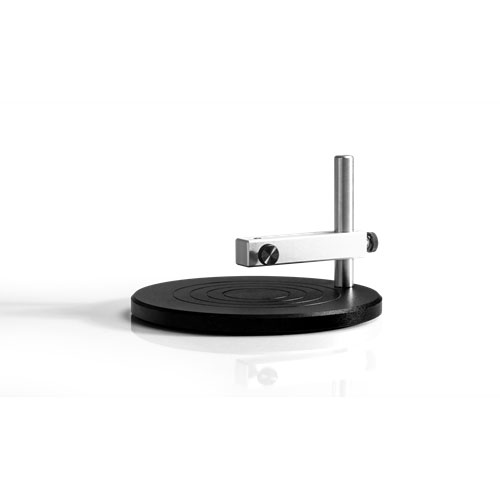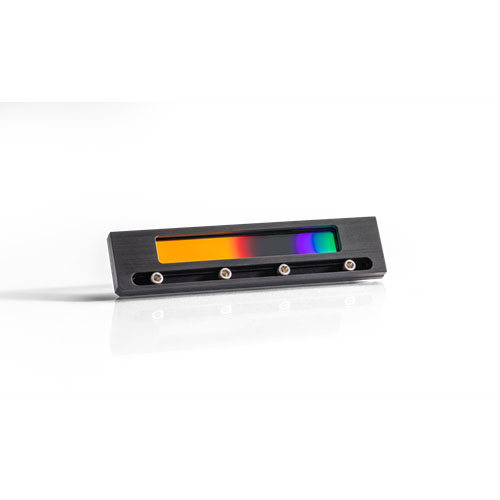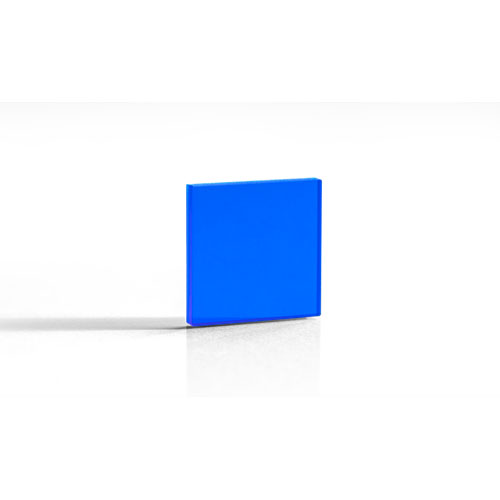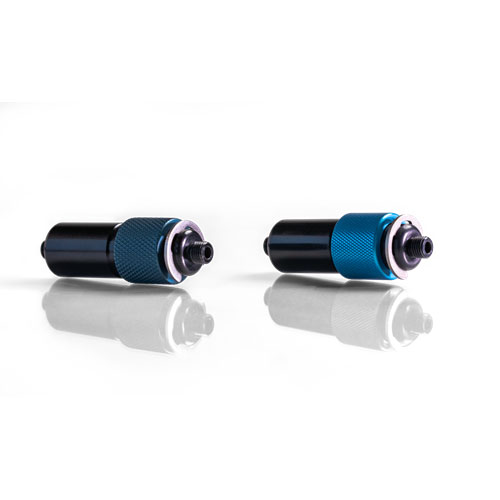.
Reflectance Standards
Ocean Insight offers specular and diffuse reflectance standards for measurements of various types of sample surfaces. Reflectance measurements are a ratio of the reflected light spectrum to the incident light spectrum. Since there is no way to directly collect all of the light incident on a surface, reflectivity is usually measured relative to a reference standard. To ensure best results, the standard selected should be similar in reflectivity to the sample to be measured.


Reflectance Standards
Features
- Diffusing materials
- Specular reflectance standards
- High reflectivity over broad range
- Additional options
specifications
Subject to change depending on model type
Engineering: |
|
|---|---|
| Diffusing Material | PTFE, Spectralon |
| Reflectance Material | Al mirror on fused silica substrate, Schott ND9 glass |
| Reflectivity | “~5% (200-950 nm) ~4% (950-2500 nm)”, “~85%-90% (250-800 nm) ~85%-98% (800-2400 nm)”, “~85%-90% (250-800 nm) ~85%-98% (800-2500 nm) “, >98% (250-1500 nm)>95% (250-2200 nm), 99% (400-1500 nm)>96% (250-2000 nm) |
| Spectral Range | 200-2500 nm, 250-2000 nm, 250-2400 nm |
| Dimensions (Housing) | 32 mm OD, 10 mm thick (tile), 38 mm diameter (housing), 38 mm OD x 19 mm height |
| Dimensions (Substrate) | 10 mm thick, 31.75 mm OD x 6.35 mm height |
| Housing Material | Aluminum, Delrin |
| Weight | 30 g, 40 g |
Manufacturers
show DATA — DO NOT CHANGE ID–
Industries
show DATA — DO NOT CHANGE ID–
Methods
show DATA — DO NOT CHANGE ID–





